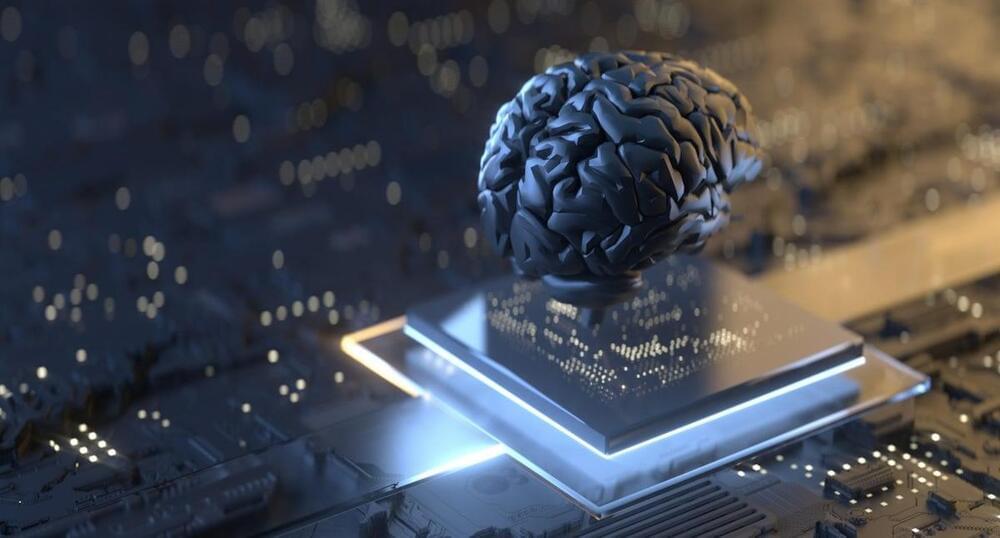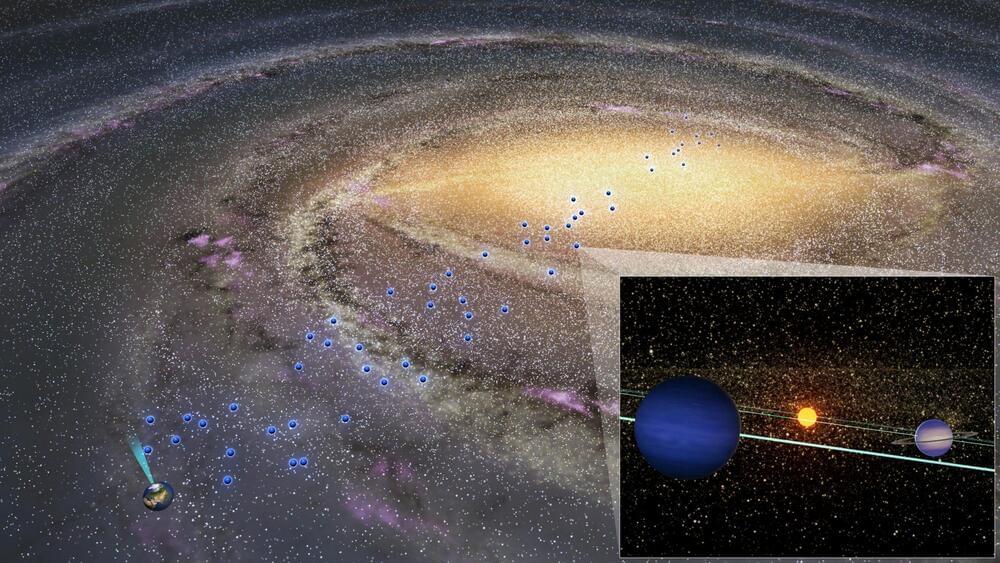For those who dream of visiting Peru’s Machu Picchu, a new virtual reality (VR) exhibit is set to fully immerse guests in the wonders of the UNESCO World Heritage site.
Debuting this October at the Boca Raton Museum of Art in Florida, the Machu Picchu and the Golden Empires of Peru exhibition is the first of its kind, offering a full-motion, 360-degree, interactive VR experience. Guests can expect to experience the ruins of Machu Picchu as if they were there in person, all while also learning about the ancient civilizations of Peru.
In order to preserve this historic site, less than one million visitors are allowed in each year. During the pandemic, that number dropped to approximately 250,000 to allow for social distancing. But with the Machu Picchu and the Golden Empires of Peru exhibition, the goal is for as many people as possible to experience these impressive ruins.







